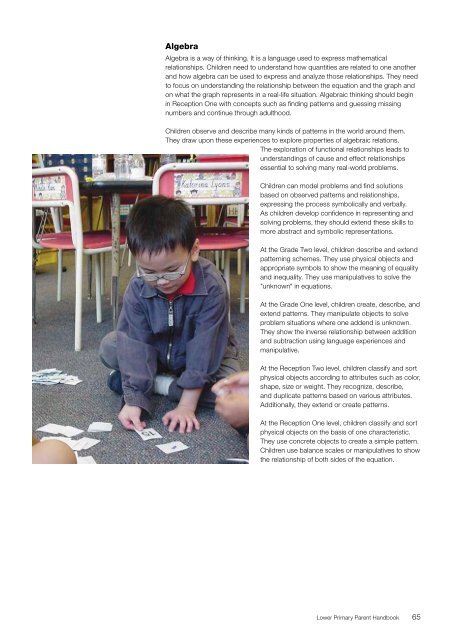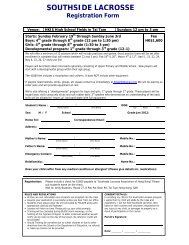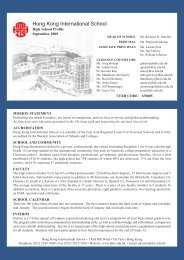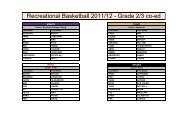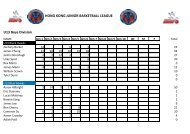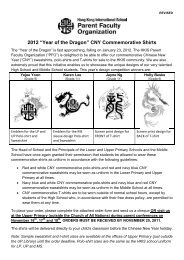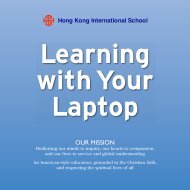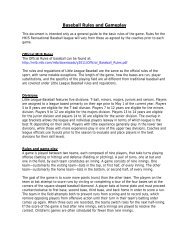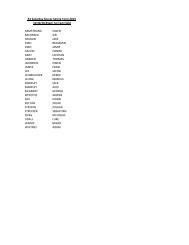Lower Primary School Parent Handbook - DragonNet - Hong Kong ...
Lower Primary School Parent Handbook - DragonNet - Hong Kong ...
Lower Primary School Parent Handbook - DragonNet - Hong Kong ...
Create successful ePaper yourself
Turn your PDF publications into a flip-book with our unique Google optimized e-Paper software.
Algebra<br />
Algebra is a way of thinking. It is a language used to express mathematical<br />
relationships. Children need to understand how quantities are related to one another<br />
and how algebra can be used to express and analyze those relationships. They need<br />
to focus on understanding the relationship between the equation and the graph and<br />
on what the graph represents in a real-life situation. Algebraic thinking should begin<br />
in Reception One with concepts such as finding patterns and guessing missing<br />
numbers and continue through adulthood.<br />
Children observe and describe many kinds of patterns in the world around them.<br />
They draw upon these experiences to explore properties of algebraic relations.<br />
The exploration of functional relationships leads to<br />
understandings of cause and effect relationships<br />
essential to solving many real-world problems.<br />
Children can model problems and find solutions<br />
based on observed patterns and relationships,<br />
expressing the process symbolically and verbally.<br />
As children develop confidence in representing and<br />
solving problems, they should extend these skills to<br />
more abstract and symbolic representations.<br />
At the Grade Two level, children describe and extend<br />
patterning schemes. They use physical objects and<br />
appropriate symbols to show the meaning of equality<br />
and inequality. They use manipulatives to solve the<br />
"unknown" in equations.<br />
At the Grade One level, children create, describe, and<br />
extend patterns. They manipulate objects to solve<br />
problem situations where one addend is unknown.<br />
They show the inverse relationship between addition<br />
and subtraction using language experiences and<br />
manipulative.<br />
At the Reception Two level, children classify and sort<br />
physical objects according to attributes such as color,<br />
shape, size or weight. They recognize, describe,<br />
and duplicate patterns based on various attributes.<br />
Additionally, they extend or create patterns.<br />
At the Reception One level, children classify and sort<br />
physical objects on the basis of one characteristic.<br />
They use concrete objects to create a simple pattern.<br />
Children use balance scales or manipulatives to show<br />
the relationship of both sides of the equation.<br />
<strong>Lower</strong> <strong>Primary</strong> <strong>Parent</strong> <strong>Handbook</strong> 65


